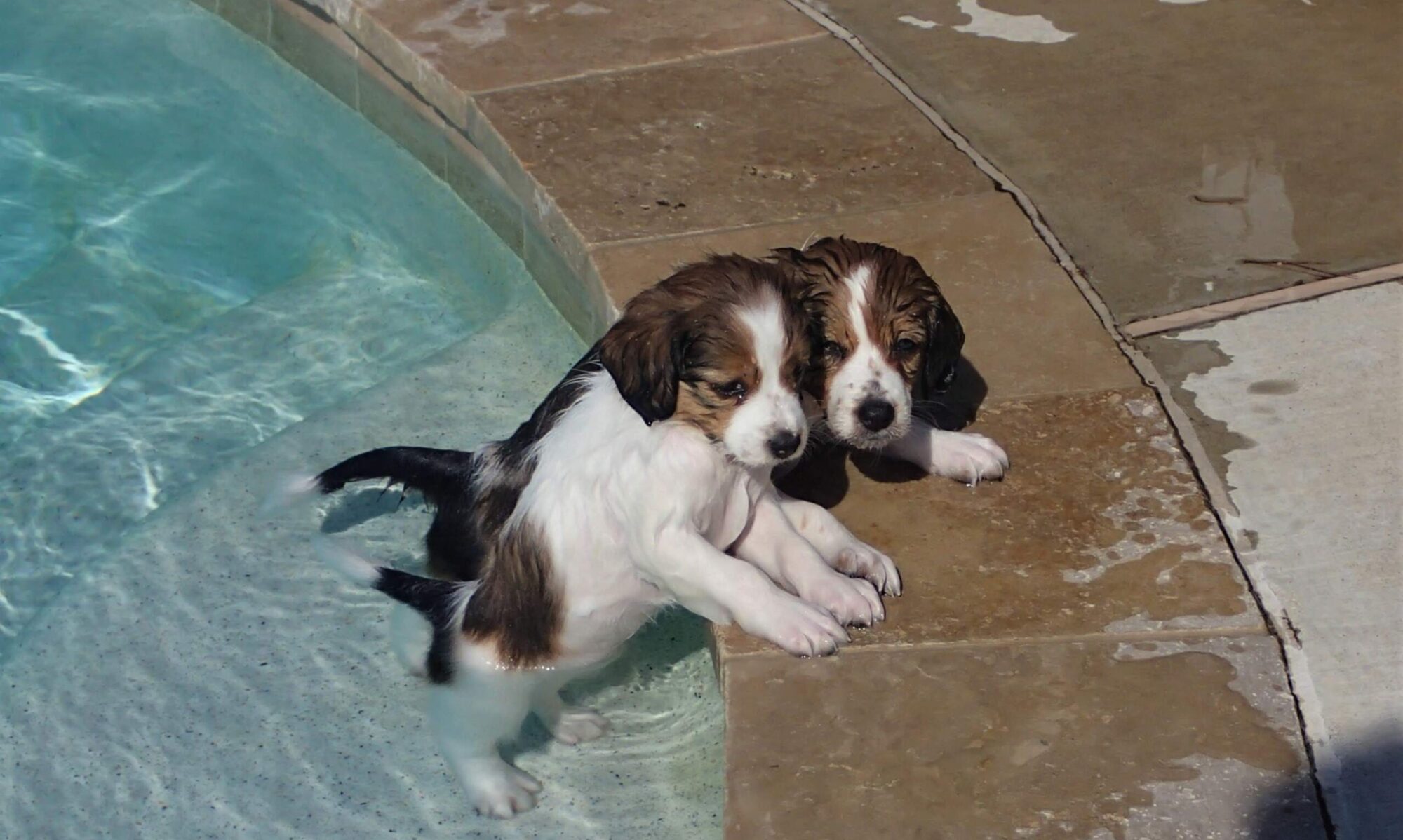Interesting Dog Training Web Site
Mind to Mind
Happy dogs, happy owners, mind to mind
I have reprinted Sue Ailsby’s Introduction.
All of Sue’s Levels of Training Free Books can be found at http://www.sue-eh.ca/page24/page26/page10/
“I’ve chosen these behaviours as the important steps in making a dog a partner and team member. At later levels, the trainer can begin choosing specific channels leading to his own particular sports interests or, like me, work on them all to give the dog the greatest versatility:
1. Come. From running back and forth between two people, to coming through other dogs and people, to formal Recalls.
2. Contacts. An agility skill with applications in many areas. You can stop the dog where you want, when you want.
3. Crate. The dog learns to be confined at home, in the car, at the vet. To enter the crate willingly and stay in it – calm, quiet, and relaxed.
4. Distance. The dog learns to respond to cues near you AND away from you.
5. Down.
6. Down-Stay. In sight, out of sight, confidently, quietly.
7. Finish. Lateral movements for carting, obedience, agility. To return to Heel position from anywhere.
8. Front.
9. Go To Mat. Anchor the dog in a place anywhere so you can do what you need to do with the dog quietly and confidently out of the way.
10. Handling. Manipulate the dog’s body in any way, cut toenails, groom, repair.
11. Heel. Total concentration and total position control.
12. Homework. Various questions to give the trainer a good grounding in the theory behind the training.
13 & 14. High and Broad Jumps. What sports DON’T require confident, clean, enthusiastic jumping?
15. Leash. I’d call Loose Leash Walking the hardest thing we’ll ever teach a dog!
16. On The Road. Concentrating on training all behaviours in strange places two Levels below the current Level ensures the dog is able to perform in many locations, and ensures the handler understands that “He does it at home” is NOT a reliable indicator that he can do it elsewhere!
17. Retrieve. My personal indicator of true communication between a dog and person. A TRAINED retrieve of any article.
18. Scenting. Add a little fun and amazement to your training schedule.
19. Sit.
20. Sit-Stay.
21. Stand.
22. Stand-Stay.
23. Target. With paw and with nose, targeting is the basis of hundreds of behaviours and an easy way to lure many others.
24. Trick. I use tricks to explain the various ways there are to get behaviour, to teach the dog and trainer to be creative, and to remind the trainer of why he got a dog in the first place.
25. Watch. A concentration and duration behaviour, difficult and important.
26. Zen. The more the dog wants something, the harder he has to think about giving the trainer what HE wants. A perfect explanation of life and training!
The rest is up to you. Let’s clear up a few points and then get started.








